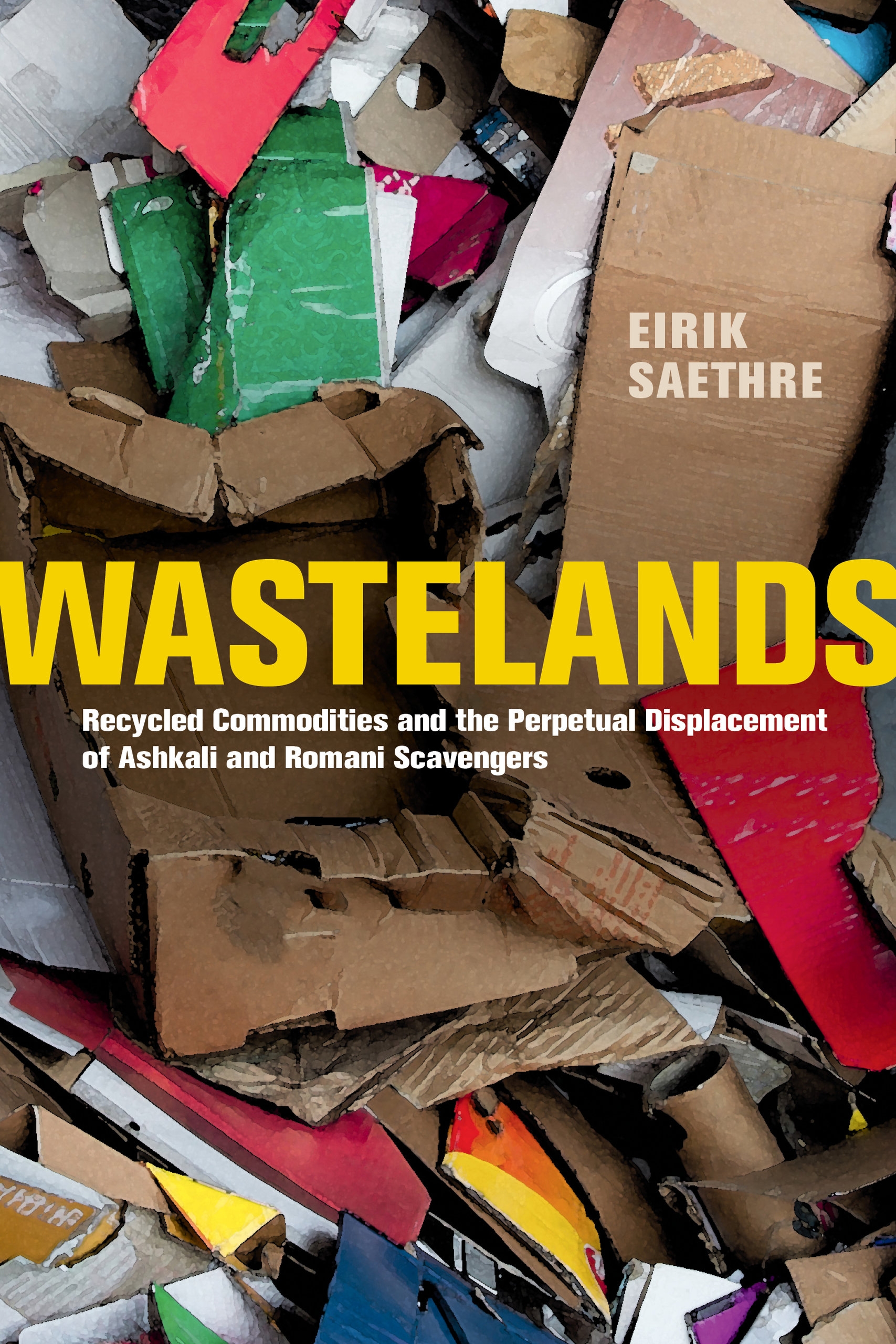Wastelands: Recycled Commodities and the Perpetual Displacement of Ashkali and Romani Scavengers by Eirik Saethre

1
The Sociality of Exception
Popular discourse routinely homogenizes Roma as a single ethnic and
cultural group, but scholars frequently point out that few, if any,
commonalities exist among the wide array of Romani peoples.
This diversity results,
in part, from centuries of persecution and ghettoization by dominant
European populations. Acton notes that Roma possess “a continuity,
rather than a community.” In Serbia this was particularly true. Although
many historic Romani neighborhoods and villages were composed of
people claiming a unified identity, Belgrade’s settlements became microcosms
of heterogeneity as migrants and refugees from across the former
Yugoslavia flooded into the city. Polje, for instance, was home to Ashkali,
Bayash (alternatively Beyash or Boyash) Roma, and Yugoslav Roma.
These identities were reified through language: Ashkali primarily conversed in
Albanian, while Bayash used Romanian, and Yugoslav Roma,
Serbian. As a result, Ashkali were labeled Albanians while Bayash were
dubbed Romanians. In addition to linguistics, distinctive religious, occupational,
and economic practices further separated each group. Wanting
to live among their own kind, residents created a ghettoized geography:
Bayash in the center, Yugoslav Roma farther away, and Ashkali on the
outer border.
While significant differences pervaded Polje’s inhabitants, they were
united by the shared experience of segregation. Romani geographies—
whether formal communities or informal squatter camps—were isolated
from non-Romani spaces as well as from each other. Polje, for instance,
was an island surrounded by risk. Residents venturing outside the settlement
were targeted by police and surveilled by store clerks. Taking public
transportation could result in the opprobrium of or confrontations by
Serbs. Just walking down the street might end in physical assault. Because
the settlement’s population generally consisted of extended family groups,
there was little impetus to brave these hazards and socialize beyond this
residential network. As a result, people rarely left the settlement for reasons
other than to search for trash, beg, or make purchases at neighboring
convenience stores. Enclaves like Polje dotted Belgrade’s landscape, each
one forming a self-reliant community that was internally fragmented and
separated from seemingly identical settlements nearby.
Lacking routine interactions with other Ashkali and Romani communities,
residents were socially immobilized. Confined to Polje, sociality was
unavoidable and unrelenting. With only one thoroughfare running through
the settlement, residents were perpetually privy to the comings and goings
of their neighbors. This was particularly true in the afternoons, when men
returned from work and unloaded their carts. In good weather, residents
were loath to remain inside their small shacks, so families sat outside. On
these days, residents filled the margins of the lane, asking one another,
“What’s up, cigan?” and regaling passersby with tales of their day. Unable to
draw from a common history or identity, people focused on their shared
economic aspirations, discussing and appraising each other’s finds. These
conversations quickly evolved into financial exchanges as neighbors bought,
sold, and traded items that they were unable to obtain any other way.
Because residents had limited opportunities for camaraderie or commerce
outside of Polje, they created bonds, however tenuous, between one
another. This was the sociality of exception. Examining a Palestinian
refugee camp, Allan notes that in environments of privation, material and
monetary exchanges transform disconnected individuals into cohesive
communities. She writes, “Economic exclusion and poverty represent
more than an austere backdrop to camp life; they are, arguably, the
conditions that now constitute it.” Distinctive relationships were precipitated




